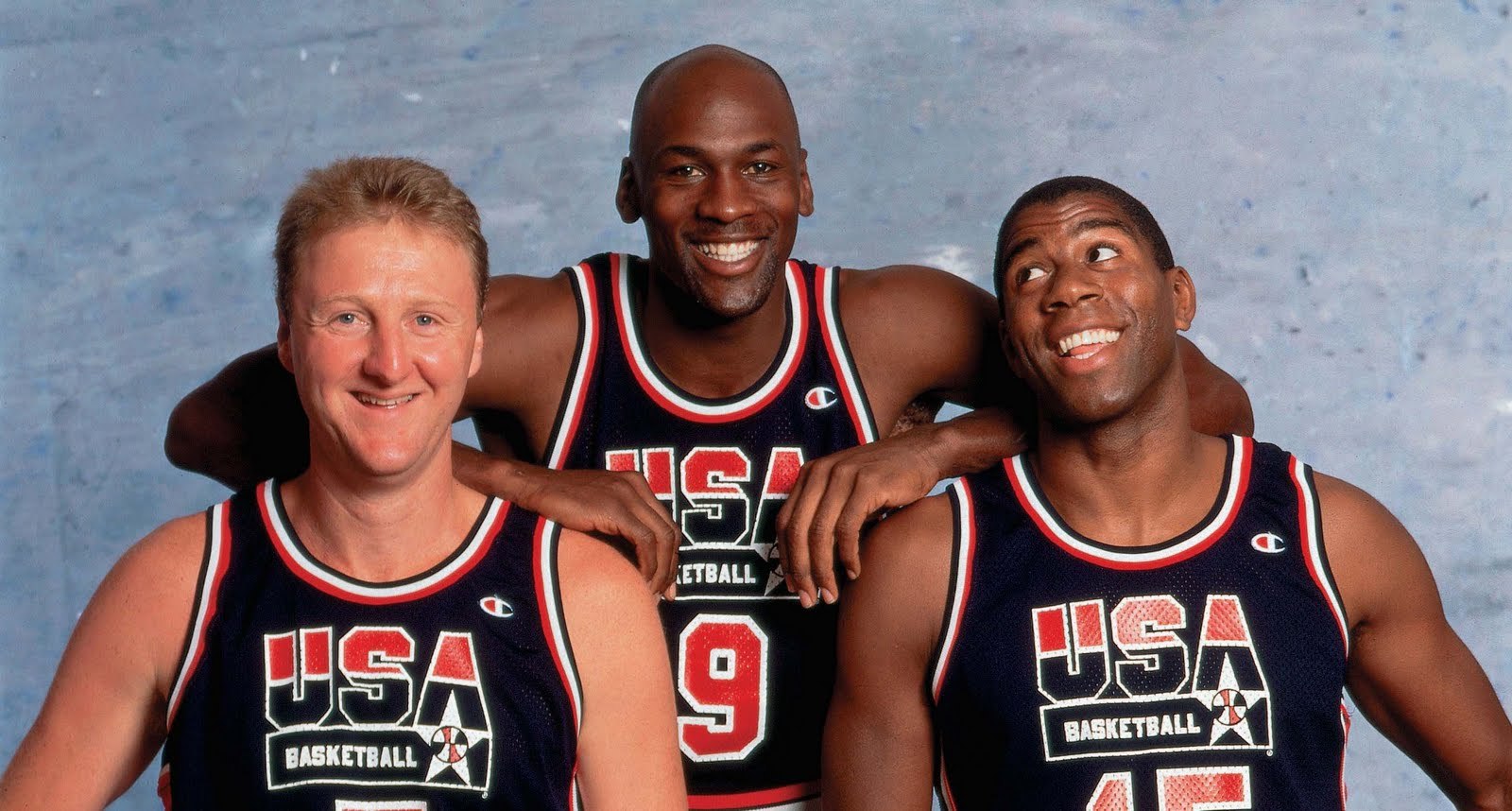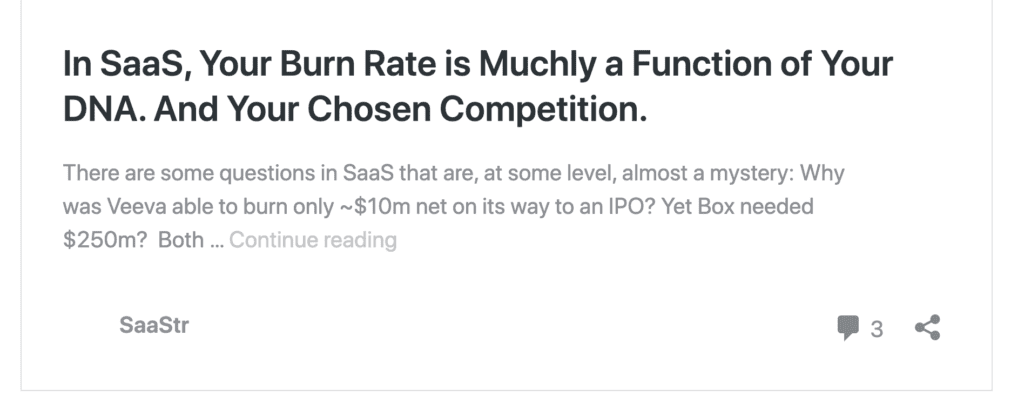"We beat them in every deal"
True enough
It's just that, that means you're not in enough deals
— Jason ✨Be Kind✨ Lemkin (@jasonlk) July 11, 2021
Probably once a week I’ll meet with a founder of a great early-ish stage SaaS start-up. Great logo customers, great early traction, at least some capital in the bank, in a good space. And after all the good news, I’ll hear, “And we win almost every deal.” Boy, I hear this so often.

A high win rate does keep you very capital efficient. But it’s not really a good thing, at least not after $1m ARR or so. Because it means you are only talking to a very small percent of the addressable customer universe.
>> If there’s any sign you aren’t pushing hard enough, or marketing enough, or just plain not getting out there enough, it’s a perceived 90%+ win rate.
Everyone has competition. If not direct competition (and everyone has direct competition), then at least indirect competition, or at least competition for budget. Budget that could go to a different solution for an adjacent problem at least.
A high win rate until you’re huge means:
- You need to go get to the customers that never are even considering you. You aren’t in so many deals. Think about that.
- You need to start doing real outbound. See prior point.
- You need to market more to segments where you are weaker. Yes, put 80%+ of your very limited marketing budget and efforts into where 80%+ of your revenue is. But put some into segments where you have at least 1-10 customers and want to learn and grow. Where you don’t close as many deals.
- You need to go penetrate some more markets or more niches/segments of your market. Focus is critical in the early days. But it’s OK to win only 10% of deals in adjacent markets. That way you’ll learn. And over time, that 10% will go up.
- You need to further seed the market and grow it. If you really are in every deal, and every segment on the market, then that means you need to grow your market. It’s too niche. Expand it at least until you get leads you can’t serve. Those leads you can’t close? They’ll teach you a roadmap to a much larger TAM and market.
A high win rate likely also means you don’t discuss losses enough. So make sure you have at least monthly Lost Deals reviews. So everyone can learn from those, too. Not just from the hero deals, the great logos, and the won deals.
When you first start, it will seem like you win almost every deal — because you aren’t in very many. Then as you scale, you actually want your overall win rate to go down (while maintaining your lead in your core segments of first traction). And then go back up once you’re much, much bigger and win the bigger prize.
If nothing else, you have to learn. Give marketing the freedom to get you leads in segments you don’t win yet. Not segments where you can’t win. But ones where you will lose. And watch where 3, 6, 9, 12 months later that takes you.
Somewhere good, most likely.
And it will cost more. It will cost more to enter spaces you are weaker. But it’s part of winning. More here:
Karen Peacock’s presentation from SaaStr Annual hits on all these points in terms of how to think about expanding your markets and customer segments. It’s a great watch and read here:
(note: an update of an Original 100 SaaStr post)


